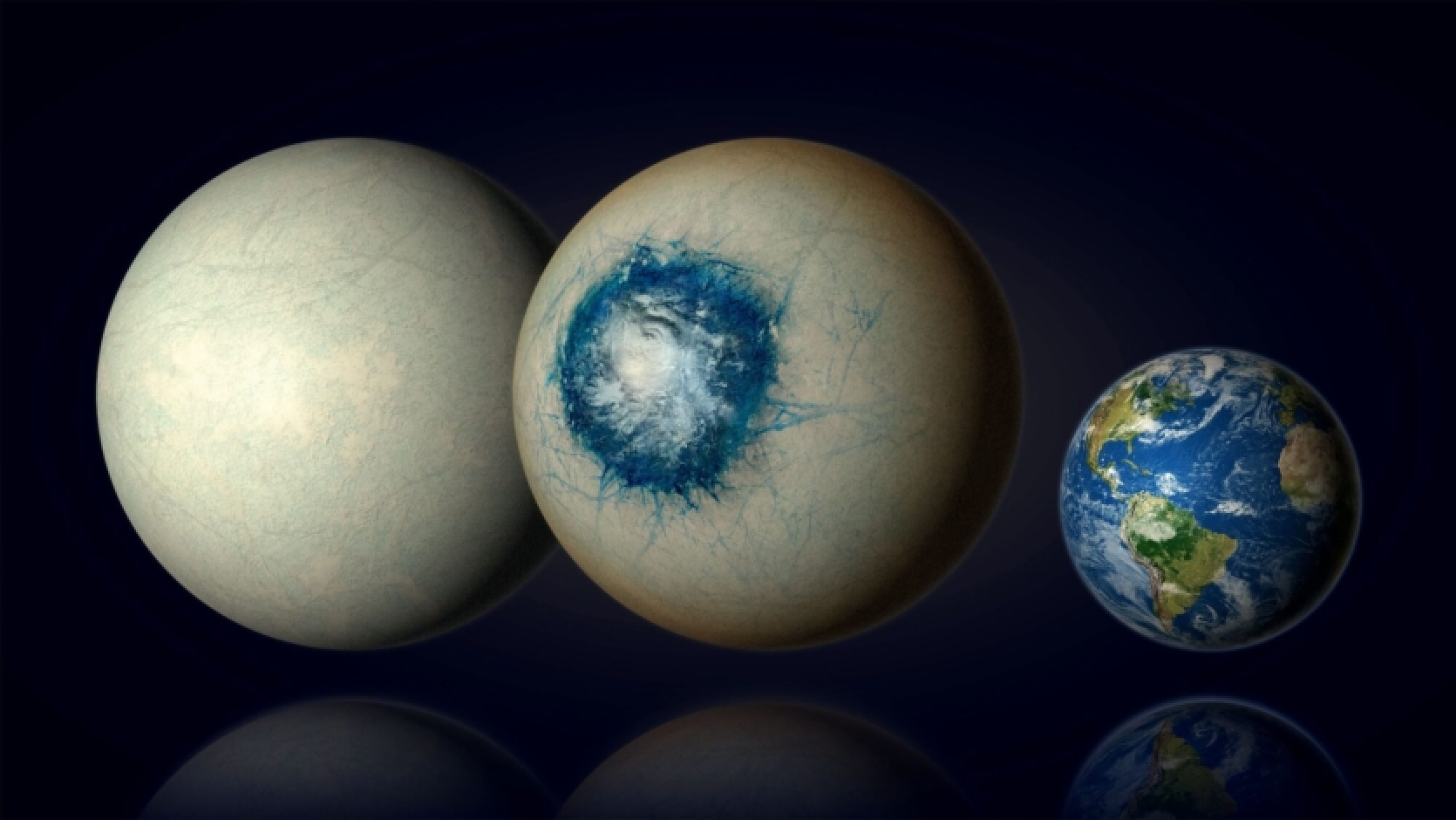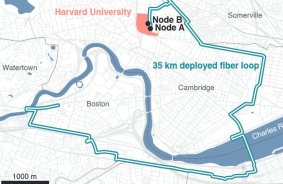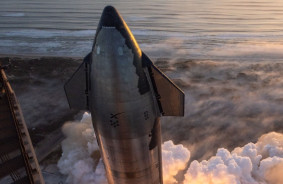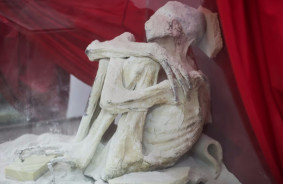Researchers, analyzing data from the James Webb telescope, have determined that the exoplanet LHS 1140 b may be an icy water world. Interestingly, it has the potential to support an atmosphere similar to Earth's and even life.
The planet, previously thought to be a mini-Neptune, is located about 48 light years from Earth. It orbits a red dwarf in the habitable zone. New data from the James Webb telescope (JWST) indicate that LHS 1140 b is most likely a rocky or ice "super-Earth", rich in water. This makes it an even better candidate for the search for extraterrestrial life than previously thought.
Ryan McDonald, a NASA scientist, noted: "For the first time we have seen a hint of an atmosphere on a rocky or ice-rich exoplanet in the habitable zone. Detecting atmospheres on small, rocky worlds is a key goal of JWST, but these signals are much more difficult to see than the atmospheres of giant planets."
LHS 1140 b, discovered in 2017, has a mass six times that of Earth. It has already piqued the interest of scientists due to its proximity to the Solar System. The latest findings only add to the excitement.
"Of all known exoplanets with temperate climates today, LHS 1140 b could well be our best chance to one day indirectly confirm the presence of liquid water on the surface of an alien world beyond our Solar System," said lead author of the study and PhD student at the University of Montreal, Charles Cadieux. "This would be a major milestone in the search for potentially habitable exoplanets."
While it is still early to draw final conclusions, observations indicate that between 10 to 20 percent of the planet's mass may consist of water. This means it could be a huge snowball or ice lump with a subsurface ocean. Researchers' analysis also suggests that its atmosphere could be rich in nitrogen. In that case, there could be a 4000-kilometer diameter ocean on the surface of the exoplanet with a water temperature of around 20°C.
McDonald adds: "Although we need more JWST observations to confirm a nitrogen-rich atmosphere and search for other gases, this is a very promising start."
It should be noted that LHS 1140 b is not the only one in its fascinating characteristics. There are also a number of other exoplanets in the habitable zone that attract scientists. Perhaps the most obvious ones are the seven planets of the TRAPPIST-1 system, a planetary row that looks very similar to the structure of our Solar System.
Source: Space.com, Futurism.com














Comments (0)
There are no comments for now